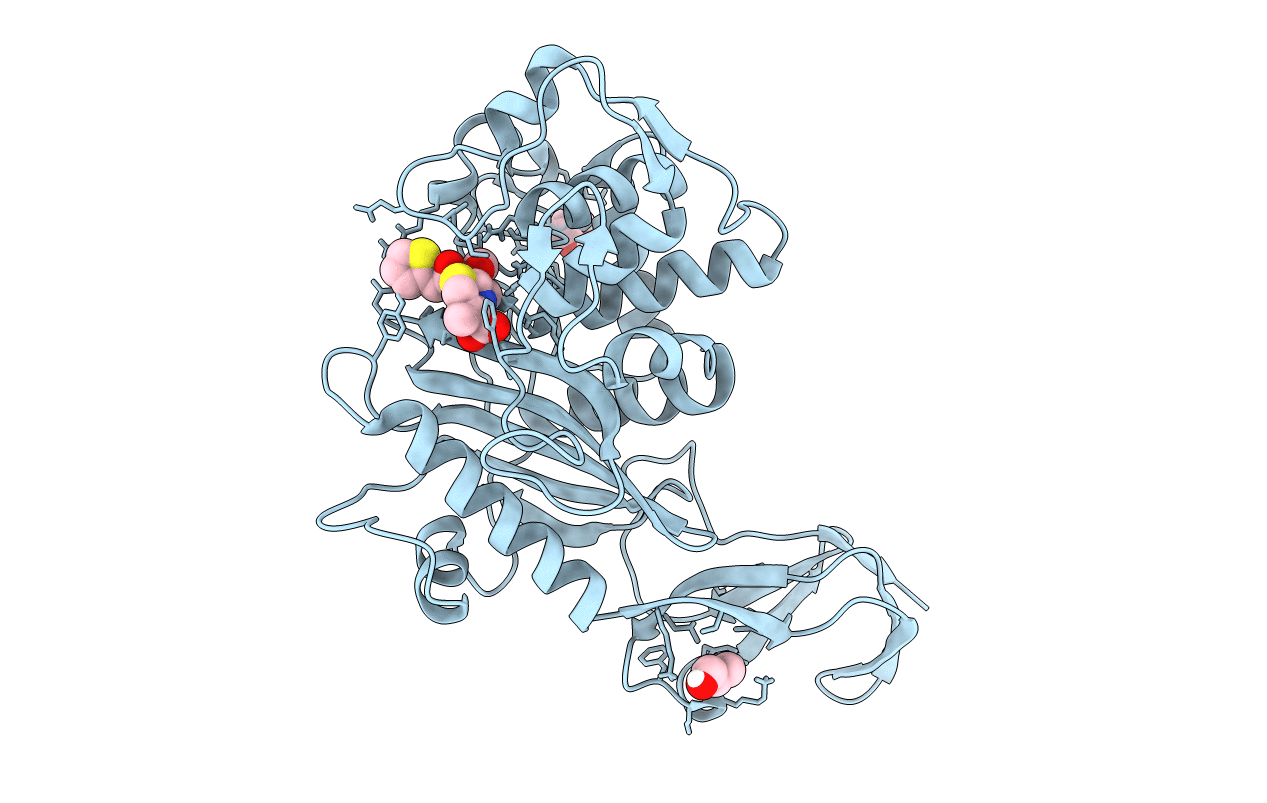
Deposition Date
2020-10-07
Release Date
2021-06-30
Last Version Date
2024-10-23
Entry Detail
PDB ID:
7KCX
Keywords:
Title:
Crystal structure of S. aureus penicillin-binding protein 4 (PBP4) mutant (R200L) in complex with cefoxitin
Biological Source:
Source Organism:
Staphylococcus aureus (strain COL) (Taxon ID: 93062)
Host Organism:
Method Details:
Experimental Method:
Resolution:
1.62 Å
R-Value Free:
0.20
R-Value Work:
0.17
R-Value Observed:
0.17
Space Group:
P 21 21 21


